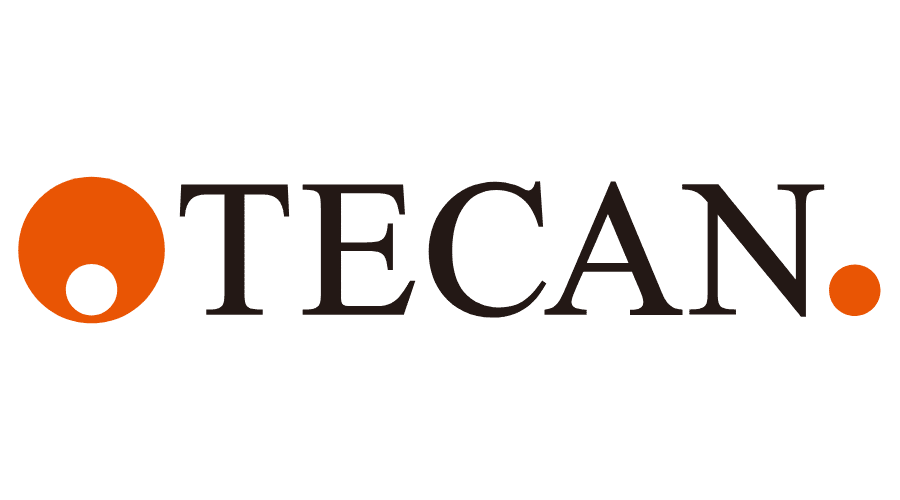Insights from the industry: achieving IVDR certification

Laura Nea, Vice President of Quality & Regulatory Management at Tecan (Männedorf, Switzerland), discusses the benefits and challenges of transitioning to in vitro diagnostic regulation (IVDR) and offers an experienced insight into achieving certification under the new regulation.
The in vitro diagnostic medical devices directive (IVDD) came into effect over 20 years ago, making it outdated and in dire need of reform. During this time, several new technologies have come to market that did not exist when IVDD was implemented and are therefore not covered under this scheme, including point-of-care and genomics devices, as well as products targeting personalized medicine. The European Union recognized the gaps in the regulation of in vitro diagnostic (IVD) devices and announced a major regulatory overhaul to modernize device classification and address any product safety or quality issues that may have gone unnoticed. IVDR was initiated in 2017 and will bring all existing, plus any new to market, IVD devices in line with current regulatory legislation.
As IVDD is phased out, all IVD devices will need to transition and conform to the new regulations. IVDR will take on a holistic approach and greatly expand the regulatory scope, involving continuous evaluation of all devices – both pre- and post-market – to ensure greater transparency, ultimately resulting in increased safety for patients. This translates to additional work for both device manufacturers and original equipment manufacturers, who will take on more responsibilities not only in the design, development and commercialization of a device, but also in assuring that agreements with all economic operators along the supply chain remain transparent. With the application deadline fast approaching, IVDR planning should be well underway and the notified body (NB) application process fully mapped out. This will ensure a smooth transition and, more importantly, that critical devices continue to be available and compliant.
Changes and challenges
The most significant change concerns the classification structure of IVD devices and the resulting workload assigned to NBs. Under IVDD, only the highest-risk devices required NB oversight, with the majority of devices suitable for self-certification by the manufacturers. However, with IVDR, only around 20% will be eligible for self-certification, leaving 80% of devices needing some level of NB oversight. Reclassification of IVD devices will be according to four risk classes – ranging from lowest (class A) to highest (class D) – with every product in a company’s portfolio, and every new device, needing a review to identify which class it falls into and establish which process should be followed to gain certification.
The technical documentation required to support an approval is also more detailed and prescriptive, requiring multiple plans and reports to confirm the scientific validity of the analyte, the analytical performance parameters and the clinical performance. Legacy data (the original data under IVDD) can be used, but it might not be adequate to meet the requirements of IVDR, in which case, additional studies may be needed. Once a device gains certification, comprehensive post-market surveillance requirements continually evaluate devices for new risks. If changes are identified – for example, if new interfering substances are found or there is a change in stability profiles – then follow-up product performance studies may need to be completed to retain certification.
The increased responsibility for manufacturers in both providing sufficient technical documentation and ensuring all partners in the supply chain comply with the new regulations, is likely to strain company resources, causing multiple knock-on effects. Companies without the expertise or funding may face an uncertain future, while some manufacturers might look to consolidate their portfolios, if the cost and resources required to validate a product aren’t commercially viable. This could potentially restrict the availability of certain assays or products in the short term. Clinical labs are also in the spotlight and will need to evaluate whether there is a commercial alternative for their laboratory developed tests, because CE-marked IVDR devices are preferred. This will most likely shrink the innovative product pipeline in the future.
It’s in all parties’ best interests – manufacturers, NBs, customers and patients – to rapidly commercialize these essential devices and the industry is quickly learning how to work together to achieve this. NBs face the arduous task of certifying the mountain of applications coming their way and, with only six NBs currently designated to review IVD products according to the new regulation, they present an obvious bottleneck in the timeline. This makes internal planning and external communication with all stakeholders and NBs imperative to ensure these challenges are overcome.
Glass half full and only getting fuller
These short-term challenges are exactly that, but being proactive now will enable all stakeholders to realize the true benefits of this necessary overhaul once we’ve all successfully transitioned. IVDR is in place to improve the quality and safety of all IVD devices. Manufacturers must comply with extremely stringent conditions relating to both analytical and clinical performance and follow a set of general safety performance requirements to prove a device is safe and meets quality standards. All new and old devices will need to conform, including innovations that slipped through the gaps of the previous directive. And, with the heightened post-market vigilance, the compliance of each and every device will be closely monitored throughout its entire lifecycle.
Leading from the front
Tecan has embraced the challenge and prepared from the outset to be IVDR ready. This has included quality system changes, reviewing the supply chain for each facility and the design and manufacturing process for every IVD product, and performing a thorough assessment of our entire portfolio. We engaged with NBs early, including scheduling the required system audits, product classifications and groupings, and developing a submissions roadmap. Communication has been vital to our success in understanding the new requirements, roles and responsibilities of all internal stakeholders, as well as forecasting expected costs, resources and timelines. This due diligence from inception resulted in Tecan becoming one of the first companies to gain IVDR certification for its DHEA Saliva ELISA Diagnostic Assay kit.
The insights from that process are proving critical to every subsequent device classification. For example, the importance of the intended purpose statement and its impact on the product’s classification was initially underestimated. Under IVDR, you must clearly state how the device is relevant or connected to the clinical condition for it to be considered. Additionally, requirements for clinical performance data were significantly strengthened and must include either prospective clinical studies, peer-reviewed literature, or additional published experience gained by routine diagnostic testing, such as external performance or proficiency studies.
Final thoughts
The landscape continues to change and, with every new submission, the industry’s experience and knowledge expands. Each certification presents its own challenges, making preparation and early submission crucial to allow time to review technical documentation and any potential gaps. Looking beyond the short-term transitional woes, IVDR is a positive step for the industry and a necessary change, and will ensure the delivery of safe, reliable and fully compliant IVD devices for patients everywhere.
For more information, and a collection of resources to help you with your recertification and ongoing IVDR compliance, please visit https://www.tecan.com/ivdr.

Laura Nea is Vice President of Quality & Regulatory Management at Tecan (Männedorf, Switzerland). Laura and the multinational Global Regulatory team members partner with Tecan’s customers to ensure successful strategies for commercialization of products worldwide. Laura has over 30 years experience in the diagnostics and IVD market and has been on the Tecan team since 2010.
In association with Tecan.


